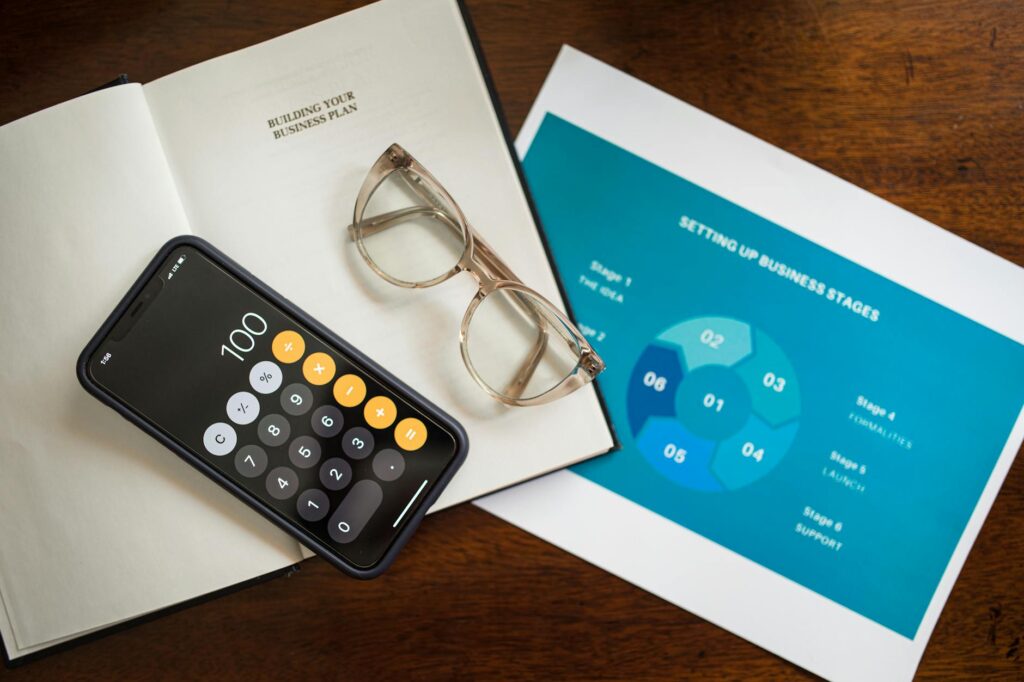What is app-based productivity practices?

What is app-based productivity practices?
In today’s fast-paced world, it’s essential to harness every tool available to boost efficiency and effectiveness. App-based productivity practices have emerged as a central pillar in enhancing both work and personal life. These practices leverage technology to streamline processes, improve organization, and help us manage our time better. But what exactly are these practices, and how can they make a difference in our daily routines?
Understanding App-Based Productivity Practices
App-based productivity practices refer to the use of digital applications to enhance individual or team efficiency. These apps provide various functionalities, from task management and time tracking to collaboration tools, all aimed at optimizing how we work and organize our lives. By integrating these apps into our routines, we can gain clearer insights into our tasks, goals, and time management strategies.
The Rise of Productivity Apps
The popularity of productivity apps has skyrocketed, especially with the shift toward remote work and digital communication. As we rely more on technology, tools like Notion and Todoist have become staples for organizing tasks and managing projects. The flexibility these apps offer allows users to adapt them to their unique workflows, making them indispensable in today’s work environment.
How App-Based Practices Differ from Traditional Methods
Traditional productivity techniques often relied on paper planners and manual tracking systems. While these methods can still be effective, they lack the adaptability and analytical capabilities of app-based solutions. For instance, an app can automatically categorize tasks based on priority levels or provide reminders as deadlines approach—something a paper planner simply can’t do. This shift not only saves time but also enhances our ability to respond to changing circumstances rapidly.
Key Features of Effective Productivity Apps
To be truly effective, productivity apps must offer certain key features that enhance their usability and impact.
Task Management Tools
At the core of any productivity app is its task management capability. The ability to create, organize, and prioritize tasks is crucial. Users can break down larger projects into smaller, manageable tasks, making it easier to track progress and stay motivated.
Time Tracking Capabilities
Time tracking is another significant feature. It allows users to monitor how much time they spend on various tasks. This data can provide insights into productivity patterns and help identify areas for improvement. Understanding where your time goes is a vital step in optimizing productivity.
Collaboration and Integration
Today’s workplaces are often collaborative. Effective productivity apps facilitate teamwork by integrating communication tools and allowing users to share tasks and documents easily. Apps that connect with other software, such as calendars and email platforms, create a seamless workflow that minimizes friction and boosts efficiency.
Popular App-Based Productivity Practices
Many practices have emerged that effectively utilize productivity apps, allowing individuals and teams to maximize their output.
The Pomodoro Technique with Apps
The Pomodoro Technique, which involves focused work intervals followed by short breaks, can be enhanced using productivity apps. These apps can provide timers, track intervals, and remind users when to take breaks. By automating this process, you’re more likely to stick to the technique and enjoy its benefits, such as improved concentration and reduced burnout.
Goal Setting and Habit Tracking
Apps are excellent tools for setting goals and tracking habits. They allow users to visualize their progress over time, making it easier to stay motivated. Whether it’s fitness goals or daily tasks, tracking habits digitally can provide insights into what works and what doesn’t, helping you adjust your approach as needed.
Mind Mapping and Brainstorming Tools
Mind mapping apps can transform how you organize thoughts and ideas. By visually representing information, these tools help clarify concepts and foster creativity. They are particularly useful during brainstorming sessions, enabling teams to capture and develop ideas collaboratively.
Challenges and Considerations in Using Productivity Apps
Despite their advantages, app-based productivity practices aren’t without challenges.
Overwhelm from Too Many Features
One potential downside is the overwhelming number of features many apps offer. While variety can be beneficial, it can also lead to decision fatigue or confusion. When an app tries to do everything, it can end up doing nothing effectively. Users should focus on apps that meet their specific needs without unnecessary complexity.
Dependency on Technology
Relying heavily on technology can also be a double-edged sword. While apps can enhance productivity, they can also contribute to distractions. Notifications, social media links, and endless updates can divert attention from the tasks at hand. Finding the right balance between utilizing technology and maintaining focus is crucial for effective productivity.
Conclusion and Future of App-Based Productivity Practices
App-based productivity practices represent a significant evolution in how we approach our work and personal lives. As technology continues to advance, we can expect these tools to become even more sophisticated, offering deeper insights and greater customizability. By implementing these practices thoughtfully, we can harness their full potential and pave the way for a more productive future.
Incorporating app-based productivity practices into your life doesn’t have to be overwhelming. Start small, identify the tools that resonate with you, and gradually build a system that works best for your unique needs. By doing so, you’ll be on your way to mastering your productivity and achieving your goals.

Photo by RDNE Stock project